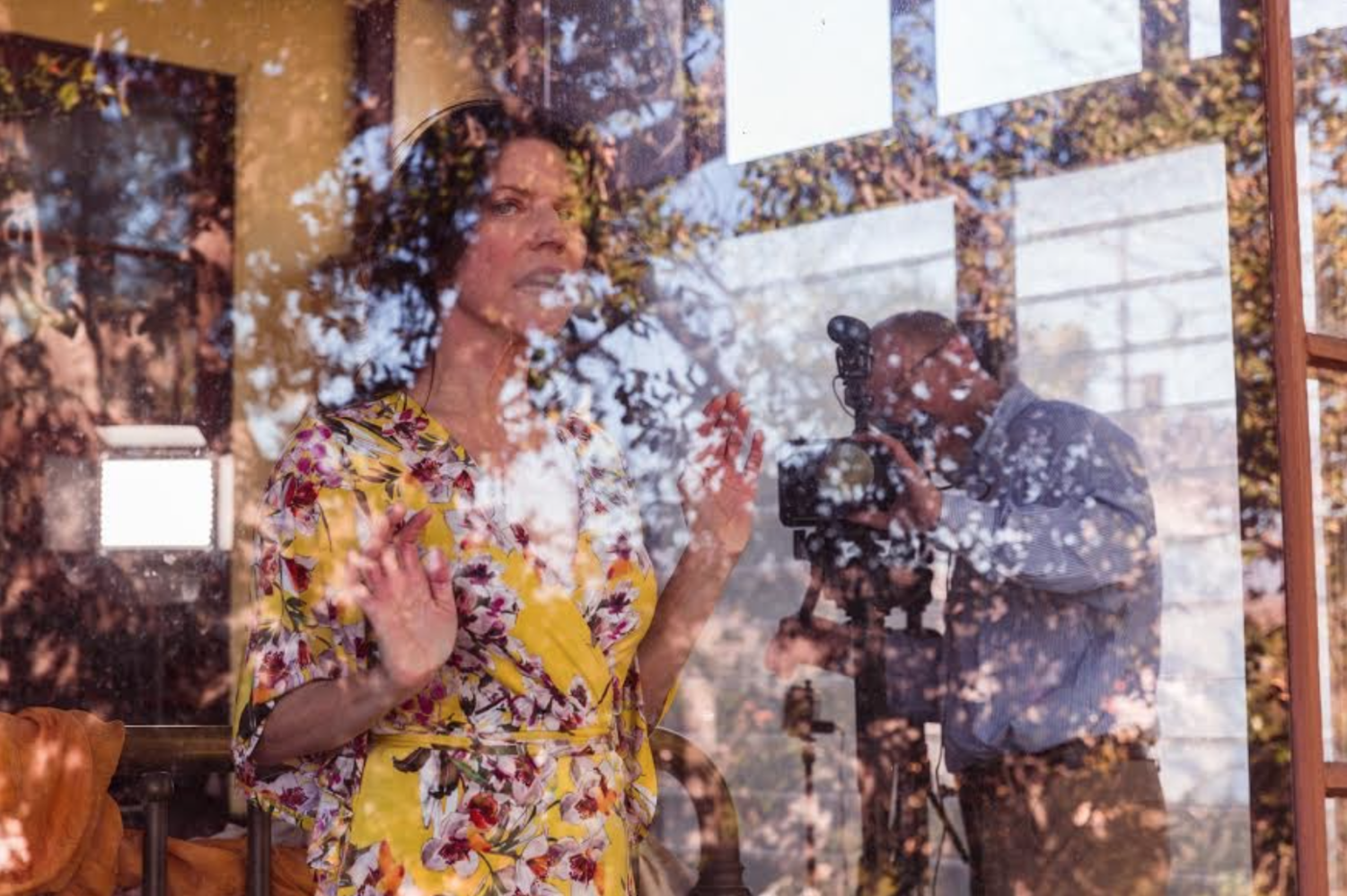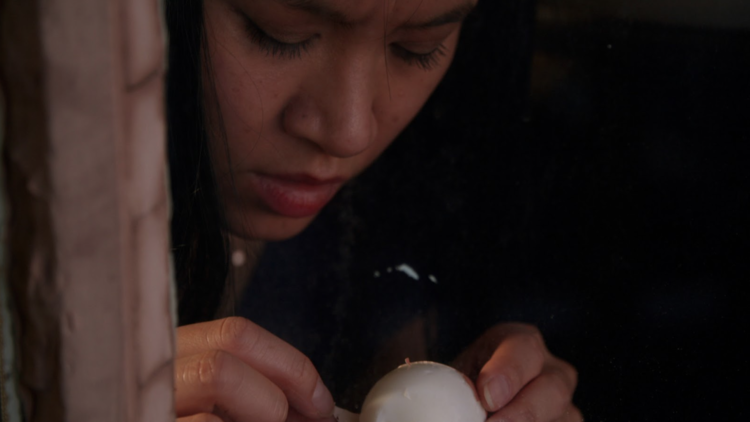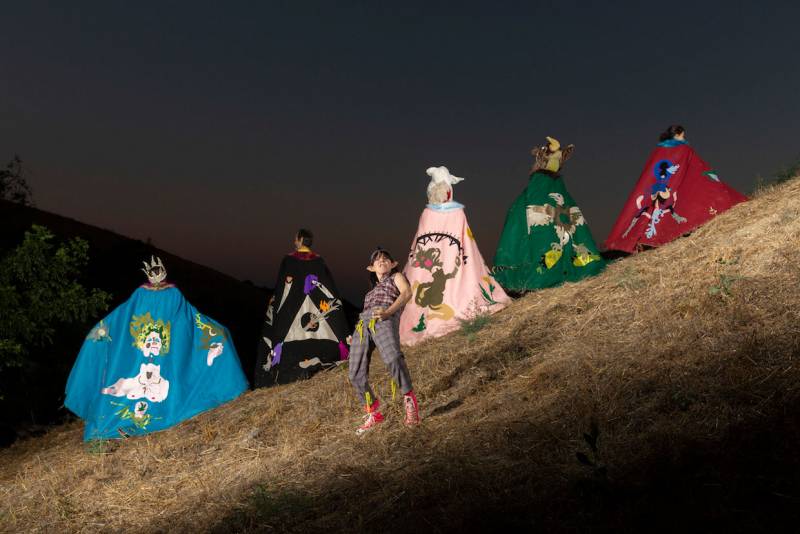No one will confuse Zoom meetings with Hollywood auditions, but admit it: You were tempted at least once in the claustrophobic depths of 2020 to deliver your favorite movie speech (The Maltese Falcon? Network? Dead Poets Society?) instead of the monthly sales figures from greater Fresno.
There’s something seductive and irresistible about the camera that triggers the impulse to perform, whether it’s strangers in the stands projected on a scoreboard or you, a pal and the ubiquitous smartphone. Amateurs are one (very annoying) thing, but what happens when you give a trained actor a camera during lockdown? If it’s the Gawdafful National Theater’s league of actor-provocateurs riffing on founder Asher Hartman’s texts, you get a gallery of funhouse lunatics practically reaching through the screen.
Hartman, a transgender writer, director, painter and practicing psychic based in L.A., was on his way to San Francisco from Portland last March to stage The Dope Elf, a six-hour play commissioned by The Lab. The original plan, for the actors to live at the gallery in “artist-made sculptural sleeping stations,” was deep-sixed by the pandemic. So was the play, which Hartman reconceived as six films—of which the longest clocks in under 23 minutes.

Befitting an artistic director, Hartman penned a lengthy, fascinating essay to accompany the films that asserts the subversive necessity of theater and describes the themes of the work. Internalized white supremacy, buttressed with “an unwillingness to come emotionally clean,” is on Hartman’s mind, filtered through the devious tricksterism of elves.
With due respect for Hartman’s vision, the metaphor of forest creatures didn’t speak to me, but I was quite intrigued by the material’s leap from theater to film. The camera brings us so much closer to the performers (Jacqueline Wright, Jasmine Orpilla, Michael Bonnabel, Philip Littell, Zut Lorz, Paul Outlaw and Joe Seely) that the performances (frequently delivered alone) acquire the casualness, accessibility and immediacy of confessionals.

A couple of the actors all but claw at the camera, taking the limits of the frame and, one infers, the pandemic’s curse of antisocialism, as a personal challenge. On those paradoxical occasions when ennui pervades a passage in one piece or another—one of last year’s lessons was that you could keep people out but the boredom of solitary confinement seeped in—it feels natural and expected. Indeed, Hartman’s willingness to include those moments in the finished films represents an embrace of the pandemic as well as the conditions that spawned this incarnation of The Dope Elf (which debuted online June 14).


